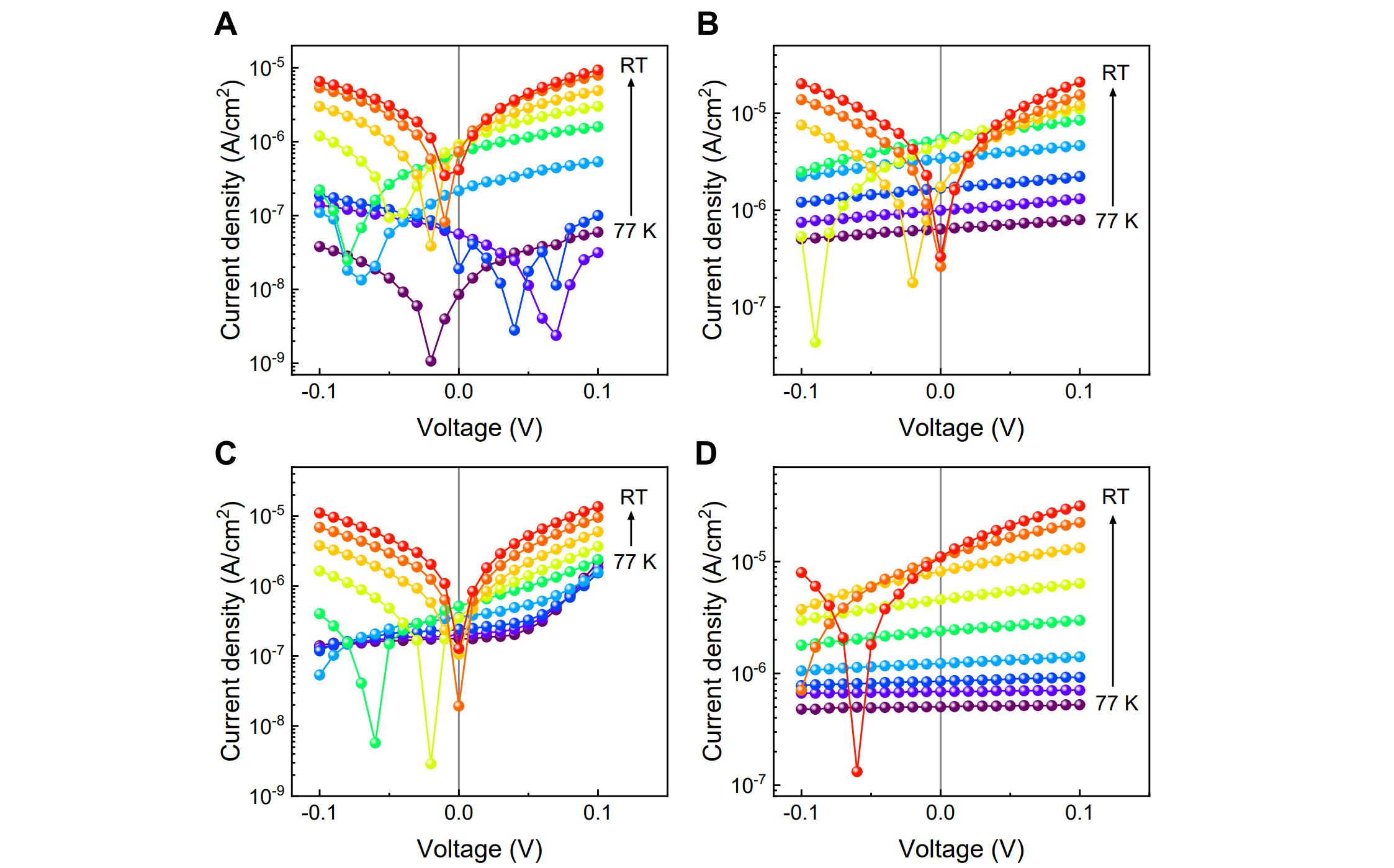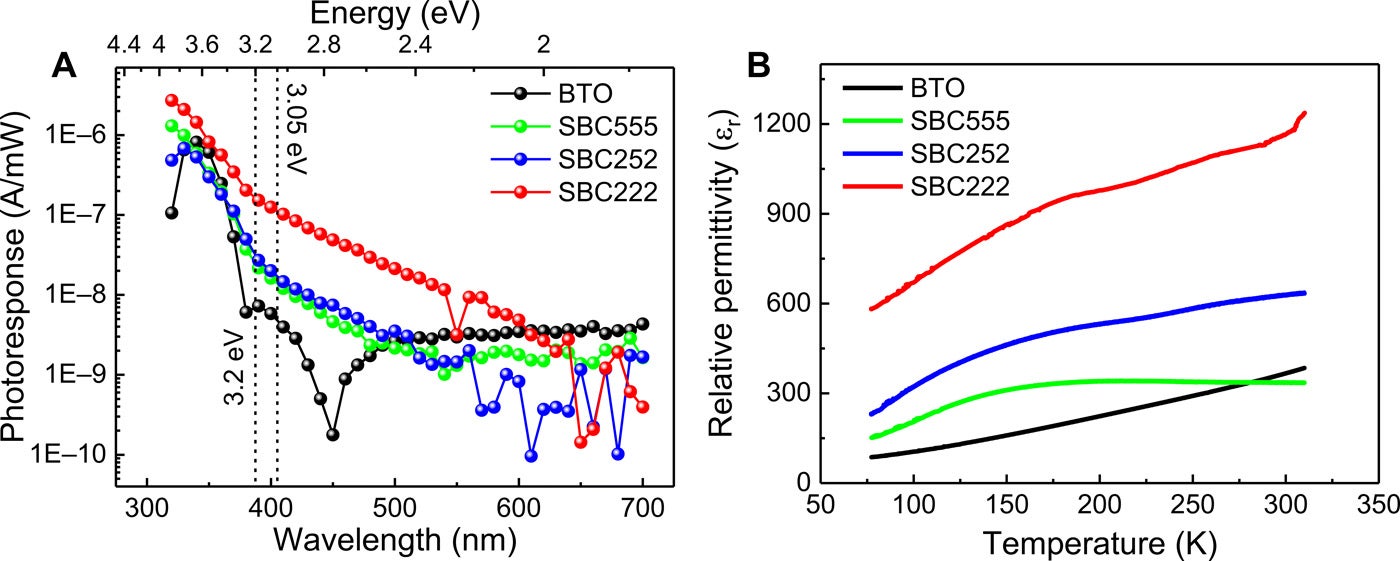Researchers at Martin Luther University Halle-Wittenberg (MLU) have discovered a new method to increase the efficiency of solar cells by a factor of 1,000. The team of scientists achieved this breakthrough by creating crystalline layers of barium titanate, strontium titanate, and calcium titanate, which were alternately placed on top of one another in a lattice structure.
Their findings, which could revolutionize the solar energy industry, were recently published in the journal Science Advances.
Solar cells currently in use are mostly silicon-based, but their efficiency is limited. This has led researchers to explore new materials, such as ferroelectrics like barium titanate, which is a mixed oxide made of barium and titanium.
Ferroelectric materials have spatially separated positive and negative charges, which leads to an asymmetric structure that generates electricity from light. Unlike silicon, ferroelectric crystals do not require a pn junction to create the photovoltaic effect, making it easier to produce solar panels.

However, pure barium titanate does not absorb much sunlight, resulting in a relatively low photocurrent. The new research has shown that combining extremely thin layers of different materials significantly increases the solar energy yield.
According to physicist Dr Akash Bhatnagar from MLU’s Centre for Innovation Competence SiLi-nano, “The important thing here is that a ferroelectric material is alternated with a paraelectric material.
Although the latter does not have separated charges, it can become ferroelectric under certain conditions, for example at low temperatures or when its chemical structure is slightly modified.”
Related Stories
Bhatnagar’s research group discovered that the photovoltaic effect is greatly enhanced if the ferroelectric layer alternates not only with one but with two different paraelectric layers.
Yeseul Yun, a PhD student at MLU and first author of the study, explained the process involved, stating: “We embedded the barium titanate between strontium titanate and calcium titanate.
This was achieved by vaporizing the crystals with a high-power laser and redepositing them on carrier substrates. This produced a material made of 500 layers that is about 200 nanometers thick.”

When conducting the photoelectric measurements, the new material was irradiated with laser light. The result surprised even the research group: compared to pure barium titanate of a similar thickness, the current flow was up to 1,000 times stronger, despite the fact that the proportion of barium titanate as the main photoelectric component was reduced by almost two thirds.
Bhatnagar explained, “The interaction between the lattice layers appears to lead to a much higher permittivity – in other words, the electrons are able to flow much more easily due to the excitation by the light photons.” The measurements also showed that this effect is very robust: it remained nearly constant over a six-month period.
Further research is now necessary to determine the exact cause of the outstanding photoelectric effect. Bhatnagar is confident that the potential demonstrated by the new concept can be used for practical applications in solar panels. “The layer structure shows a higher yield in all temperature ranges than pure ferroelectrics. The crystals are also significantly more durable and do not require special packaging.”
This new development has far-reaching implications for the solar industry. Solar panels made with this new material would be significantly more efficient, and the cost of producing them would be lower than silicon-based solar cells. Furthermore, they would require less space to generate the same amount of electricity, making them ideal for use in urban areas where space is limited.

The MLU research team’s discovery has already caught the attention of industry leaders. Dr. Jennifer Rupp, a professor at ETH Zurich who was not involved in the study, commented on the importance of the findings. “This is a very exciting discovery that could have a significant impact on the development of more efficient solar cells,” said Rupp. “The fact that the new material is also more durable and easier to produce than traditional silicon-based solar panels makes it even more promising.”
Solar energy is one of the fastest-growing sources of renewable energy, and the demand for solar panels is expected to increase dramatically in the coming years.
According to the International Energy Agency, solar power is set to become the largest source of electricity by 2050, accounting for around one-third of global electricity generation. However, the efficiency of current solar panels needs to be improved if this is to become a reality.
The MLU research team’s discovery could play a key role in this transition. By increasing the photovoltaic effect of ferroelectric crystals, the new material could significantly increase the efficiency of solar panels. This would not only make solar energy more cost-effective but also reduce our reliance on fossil fuels and help combat climate change.

The study’s lead author, Yeseul Yun, is excited about the potential impact of the team’s findings. “Our discovery opens up a new avenue for developing more efficient solar cells,” said Yun.
“By combining different materials in a specific way, we can create a material that generates much more electricity than traditional silicon-based solar panels. This could revolutionize the solar industry and help us transition to a more sustainable future.”
The next step for the MLU research team is to further investigate the properties of the new material and optimize its performance.
“We are still trying to understand exactly how the different materials interact to produce such a strong photovoltaic effect,” said Bhatnagar. “We also want to see if we can further increase the efficiency of the material by tweaking its composition or structure.”

The team is already working on a new prototype solar cell based on their findings. If successful, this could lead to the development of commercial solar panels based on the new material within the next few years.
“We are excited about the potential of our discovery to make a real difference in the world,” said Yun. “If we can create solar panels that are more efficient, durable, and cost-effective, we could help accelerate the transition to a more sustainable future.”
The MLU research team’s findings have also generated interest among investors and entrepreneurs. Several start-ups are already exploring ways to commercialize the new technology, and venture capitalists are eager to fund further research in this area.
“This is a very promising field with huge potential,” said Markus Ederer, CEO of a renewable energy start-up based in Berlin. “If we can create solar panels that are much more efficient and cost-effective, we could transform the energy sector and help tackle one of the biggest challenges facing humanity today.”

The MLU research team’s discovery is just one example of the groundbreaking research being carried out in the field of renewable energy. With the world facing urgent environmental challenges, it is more important than ever to invest in clean energy technologies that can help us transition to a more sustainable future.
By harnessing the power of the sun, we can reduce our carbon footprint and create a more prosperous and equitable world for generations to come.
Note: Materials provided above by the The Brighter Side of News. Content may be edited for style and length.
Like these kind of feel good stories? Get the Brighter Side of News’ newsletter.
The post These next-generation solar panels are 1000x more powerful than existing panels appeared first on The Brighter Side of News.